The world of game development is a fascinating ecosystem, characterized by a complex interplay of creativity, technology, and teamwork. At the heart of every successful game lies a meticulously structured team, each member contributing uniquely to the final product. Understanding the diverse game development team roles and their interconnected dynamics is essential for anyone seeking to navigate the ever-evolving gaming industry. From the conceptualization phase to the execution, roles range from game designers and level designers to programmers and sound engineers, each playing a vital part in shaping the narrative and mechanics of a game. Whether focusing on AAA blockbusters or independent projects, the structure of these teams varies widely, reflecting the unique demands of different genres and platforms. This article delves into the intricate team structures of game development, exploring how roles and hierarchies evolve to meet the challenges of modern gaming. By examining the roles, structures, and influences of top-tier development teams, we aim to provide insights into the dynamics that drive the creation of iconic titles and shape the future of interactive entertainment.
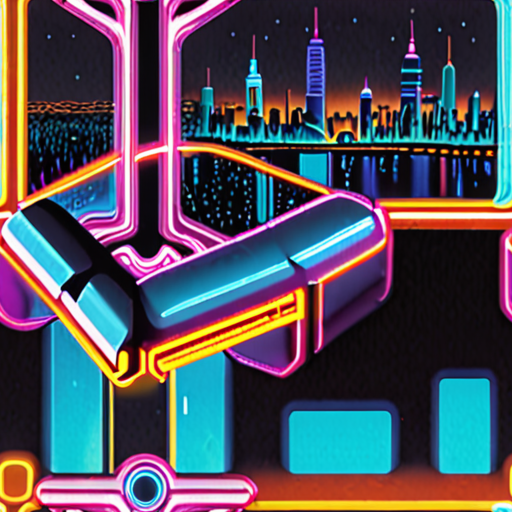
What are the positions in game development?
Game development encompasses a variety of roles that contribute to the creation and success of video games. Below is a breakdown of key positions:
- Game Designer : responsible for designing game levels, mechanics, and overall gameplay. They work closely with artists and programmers to bring ideas to life.
- Lead Developer : oversees the technical aspects of game development, ensuring the game runs smoothly on various platforms.
- Programmer : develops the game’s engine, physics, and scripts. They implement the core functionality that drives the game.
- Artist : creates visual assets such as characters, environments, and animations. Their work brings the game world to life.
- Sound Designer : designs and implements sound effects and music to enhance the gaming experience.
- Level Designer : constructs and designs individual levels within the game, ensuring they are challenging and enjoyable.
- QA Tester : tests the game to identify bugs and issues, ensuring a polished and bug-free product.
- Marketing Manager : handles the promotion and marketing of the game, working with developers to build a successful launch strategy.
- Project Manager : manages the overall project, coordinating between teams and ensuring timely delivery.
- Animation Lead : supervises the animation team, ensuring high-quality character and environment animations.
- Physics Engineer : specialized in implementing physics-based simulations for realistic game mechanics.
- UI/UX Designer : designs the user interface and user experience for the game, ensuring it is intuitive and visually appealing.
- Compositor : works on lighting, shadows, and visual effects to enhance the game’s graphics.
- Scriptwriter : writes dialogue, storylines, and narratives for cutscenes and in-game conversations.
- Character Designer : creates and designs the characters, including their appearance, behavior, and backstory.
- Level Editor Developer : builds the level editor toolset for designers to create and modify game levels.
- Performance Optimizer : focuses on optimizing the game’s performance to run smoothly on all platforms.
- AI Engineer : develops artificial intelligence for NPC behavior, pathfinding, and other intelligent systems.
- Multiplayer Systems Designer : designs multiplayer features, including networking, matchmaking, and leaderboards.
- Cloud Gaming Specialist : works on cloud-based gaming solutions, enabling games to be played remotely.
- Virtual Reality (VR) Developer : specializes in developing VR experiences and games tailored for immersive headsets.
- Augmented Reality (AR) Developer : creates AR applications and games that overlay digital content onto the real world.
- Game Writer : collaborates with scriptwriters to develop compelling stories and dialogues for games.
- Localization Specialist : translates and adapts game content for different languages and regions.
- Community Manager : engages with players, fosters community growth, and manages fan interactions.
- Business Development Manager : identifies new opportunities for partnerships and revenue streams in the gaming industry.
- Consultant : provides expertise in specific areas such as game design, programming, or marketing.
https://indiedevgames.com/game-designer
https://indiedevgames.com/programmer
https://indiedevgames.com/artist
What is the team structure of a game developer?
The team structure of a game developer varies depending on the size and scope of the project, but generally includes key roles that work collaboratively to bring a game to life. Below is a breakdown of common roles and their responsibilities:
Core Roles
- Product Owner : Oversees the game’s vision, prioritizes features, and works with the team to deliver the game on time.
- Game Designer : Creates the game’s concept, levels, mechanics, and overall gameplay experience.
- Scrum Master : Facilitates Agile processes, ensures team productivity, and maintains the project roadmap.
- Art Director : Oversees the visual style, including character design, environments, and asset creation.
- Technical Lead : Manages the engineering aspects of the game, ensuring smooth implementation of technologies like Unity or Unreal Engine.
- QA Lead : Leads quality assurance efforts, ensuring the game meets high standards through testing and bug fixing.
- Project Manager : Coordinates tasks, manages timelines, and oversees budget adherence.
- Narrative Designer : Develops the story, dialogue, and emotional backbone of the game.
Supportive Roles
- Sound Designer : Creates and integrates music and sound effects to enhance immersion.
- Animation Lead : Oversees character and environment animations to match the game’s aesthetic.
- Level Designer : Designs individual levels and ensures balanced gameplay.
- Marketing Lead : Develops strategies to promote the game post-launch.
- Community Manager : Engages with players, builds fanbases, and handles customer support.
Comparison with Competitors
While many teams follow a similar structure, some competitors may emphasize different roles or approaches. For example, companies like Unity and Unreal Engine often have dedicated technical leads and visualization experts. However, our approach at Indie Dev Games focuses on fostering creativity and collaboration among a tight-knit team, ensuring personalized attention to every aspect of development.
Why Choose Indie Dev Games
At Indie Dev Games, we believe in empowering independent developers with the tools and resources needed to create exceptional games. Our platform offers comprehensive guides, community support, and cutting-edge tools to help you build your dream game. Whether you’re working on mobile, PC, or console, our expertise in game development ensures your project stands out. Learn more about our services and discover the Indie Dev Games difference today!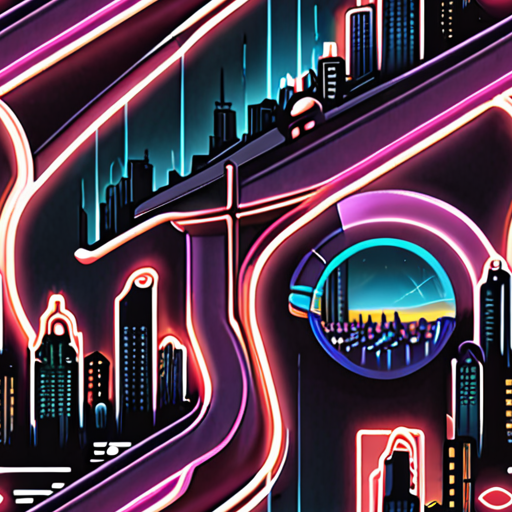
How Big is an AAA Game Development Team?
The size of an AAA game development team varies significantly depending on the scope and complexity of the project. Generally, AAA game studios employ teams ranging from 100 to 500 people, though this can fluctuate based on the stage of development and the specific needs of the game.
Below is a breakdown of key aspects related to AAA game development team sizes:
Major Disciplines and Department Sizes
- Programming: Approximately 20-40 developers focusing on engine development, scripting, and systems design.
- Art: 30-50 artists working on concept art, character design, environment design, and animation.
- Design: 15-25 designers responsible for level design, UI/UX, and narrative construction.
- Audio: 10-20 sound designers and composers creating music and sound effects.
- Quality Assurance (QA): 20-30 testers ensuring bug-free gameplay and polished experiences.
- Production: 10-20 project managers, producers, and coordinators overseeing timelines and deliverables.
Key Roles and Their Importance
- Lead Developers: Typically 1-2 leads per major discipline guiding the creative and technical direction.
- Creative Directors: 1-2 individuals overseeing the artistic vision and storytelling.
- Technical Directors: 1-2 leaders managing engineering and technical aspects of the game.
- Project Managers: 5-10 professionals ensuring timely delivery and budget adherence.
Studio Examples and Team Growth
Notable AAA studios like Epic Games , Unity Technologies , and Blizzard Entertainment often have teams exceeding 300 members during peak production. Smaller AAA studios may have teams around 100-200 individuals, while mid-sized studios typically operate with 200-400 employees.
As games grow more complex, teams often expand to include specialized roles in virtual reality, cloud gaming, and AI-driven content generation, further increasing the average team size.
Challenges in Managing Large Teams
- Communication: Ensuring collaboration across diverse disciplines and geographies can be challenging.
- Workload Management: Balancing tasks across a large team requires efficient project management practices.
- Cultural Differences: Managing a global team may lead to varied workflows and communication styles.
The size of an AAA game development team is crucial to meeting tight deadlines and delivering high-quality products. By leveraging effective leadership and advanced project management tools, studios can optimize their team structure to maximize productivity and creativity.
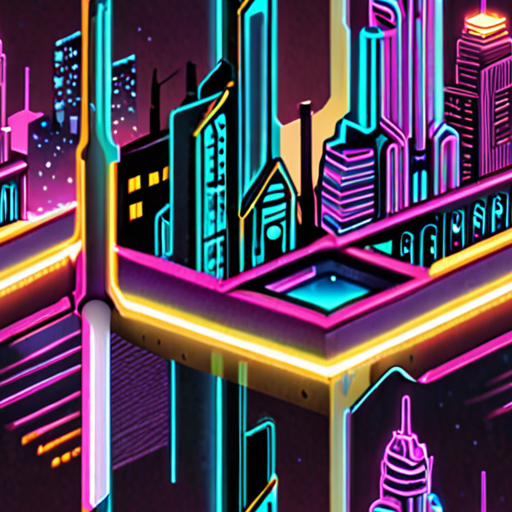
Roles in the Gaming Industry
The gaming industry offers a wide range of roles for individuals with diverse skills and interests. Below is a breakdown of the most common positions:
Development Roles
- Game Developer : Creates the core mechanics and storylines of a game.
- Level Designer : Designs levels and environments within the game world.
- 3D Artist : Creates visual assets and characters using software like Blender or Maya.
- Animation Specialist : Animates characters and objects for smooth gameplay.
- Sound Designer : Creates sound effects and music to enhance the gaming experience.
- Programmer : Develops the game engine and handles coding for functionality.
Design Roles
- User Interface (UI) Designer : Designs menus and HUD elements for player interaction.
- Visual Designer : Oversees the overall art style and branding of the game.
- Story Writer : Develops plotlines and narratives for immersive experiences.
- Concept Artist : Creates initial sketches and concepts for game characters and environments.
Production Roles
- Project Manager : Oversees the entire production process from start to finish.
- Quality Assurance (QA) Tester : Ensures the game functions smoothly and fixes bugs.
- Localization Specialist : Translates and adapts the game for different languages and regions.
- Marketing Manager : Develops strategies to promote the game to target audiences.
Support Roles
- Customer Support Representative : Assists players with technical issues and inquiries.
- Community Moderator : Manages online forums and social media interactions.
- Technical Support Engineer : Troubleshoots hardware and software issues for players.
Additional Roles
- Business Analyst : Helps identify market needs and translates them into product features.
- Market Researcher : Analyzes consumer behavior and competition to inform strategies.
- Training Specialist : Develops programs to train new hires and update existing employees.
Tools and Platforms
To succeed in the gaming industry, consider leveraging resources like Indie Dev Games . This platform offers tutorials, reviews, and tips tailored for independent game developers. Additionally, tools like Unity and Unreal Engine are essential for creating high-quality games.
Competitors and Resources
Explore leading companies such as Unity Technologies and Epic Games to gain insights into industry standards and practices. These platforms provide valuable tools and communities for aspiring professionals.
By understanding these roles and utilizing the right resources, you can navigate the dynamic and creative landscape of the gaming industry.
Who is involved in video game development?
Video game development involves a team of professionals working collaboratively to create engaging and immersive experiences. Here are the primary roles typically involved:
- Artists : responsible for creating visual assets, including character designs, environment art, and animations.
- Programmers : develop the game’s engine, code, and mechanics, ensuring smooth functionality.
- Designers : work on level design, storyboarding, and gameplay mechanics to enhance player engagement.
- Audio Specialists : create sound effects, music, and voice acting to enrich the auditory experience.
- Producers : oversee project management, budgeting, and coordination between team members.
- Writers : craft compelling narratives, dialogue, and storylines, particularly for story-driven games.
These roles often collaborate closely, with contributions from concept artists, testers, and others depending on the project’s scope. The result is a cohesive product that combines creativity, technology, and storytelling.
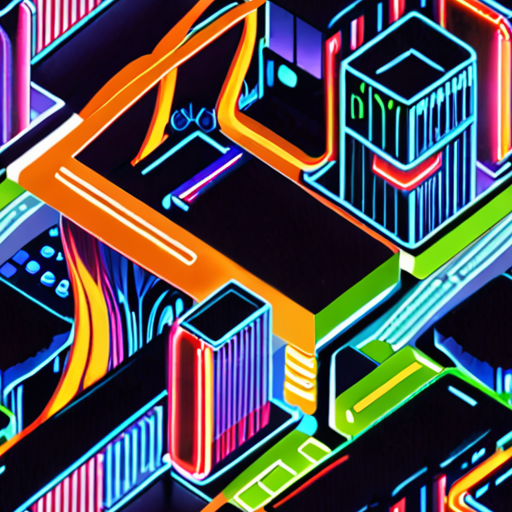
What Age is the Average Gamer?
The average age of a gamer varies depending on factors like gaming habits, preferences, and the type of games played. According to recent studies, the gaming demographic is diverse and spans across multiple age groups. Here’s a breakdown:
- Younger Gamers (18-24): This group represents a significant portion of casual and mobile gamers who enjoy apps, social casino games, and esports.
- Millennial Gamers (25-40): A large segment of gamers in this age bracket plays a mix of casual, mid-core, and hardcore games, including MMOs, RPGs, and shooters.
- Gen X Gamers (41-56): This group tends to play a variety of games, from traditional console games to puzzle and strategy games.
- Baby Boomer Gamers (57+): Seniors are increasingly active gamers, particularly in mobile and casual games, as well as retro gaming platforms.
Gaming has evolved significantly over the years, attracting players of all ages. In 2024, a study by Statista revealed that 22% of gamers worldwide are under 25, while 28% fall into the 25-40 age group. Additionally, 20% of gamers are aged 41-56, and 15% are 57 or older. These numbers highlight the broad appeal of gaming across different demographics.The rise of platforms like Steam, Twitch, and mobile gaming apps has further expanded the reach of gaming to younger and older audiences alike. Competitors like Robloxand casual games like Angry Birdshave also contributed to the diversity of the gaming population.In conclusion, the average gamer age is difficult to pinpoint due to varying interests and technologies, but it’s clear that gaming is enjoyed by people of all ages. Whether it’s through consoles, PCs, or mobile devices, gaming continues to be a popular pastime globally.

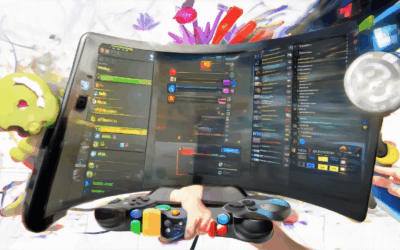


0 Comments